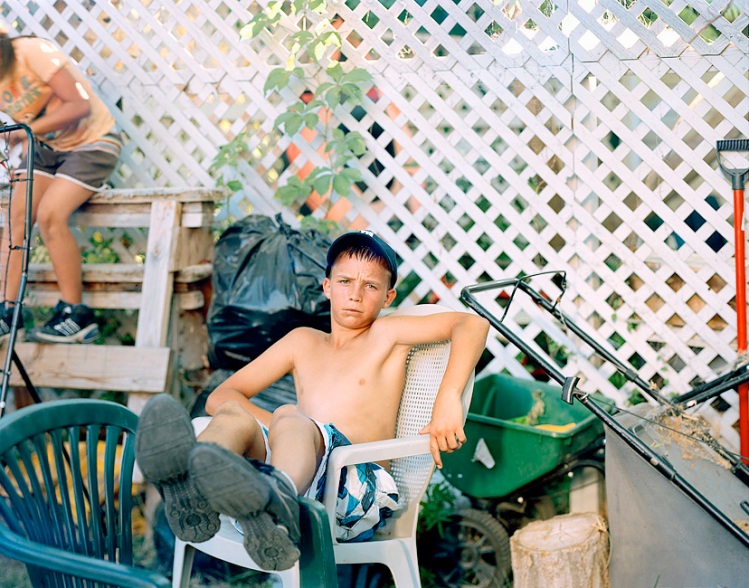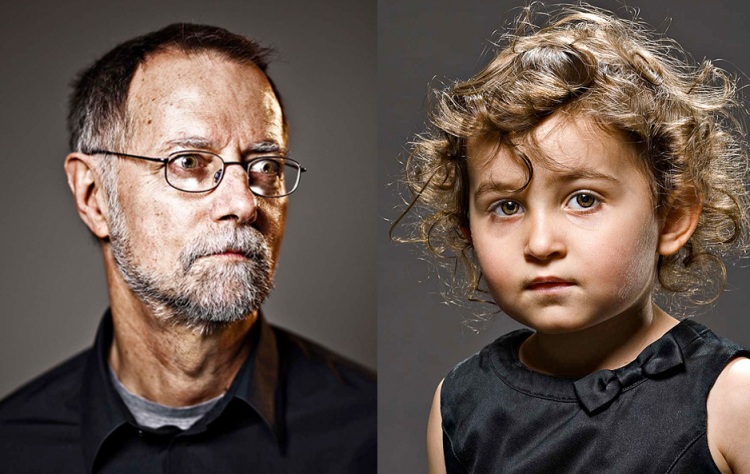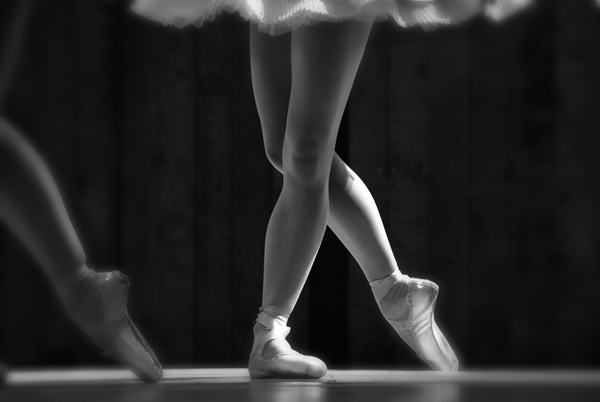While the becoming a photographer doesn’t have the clear career progression some professions do, there is an ideal order to things: assist your idols and eventually leave the nest when you’re ready. However, with magazines becoming scarce and the number of assignments to be had dwindling, breaking out on your own is more difficult than ever. Additionally, when assistants don’t graduate to bigger things, they aren’t leaving their spots open for those just starting out. None of us can afford to take the risks we used to, which includes assistants who desperately need to break out on their own. There seems to be a clog in the industry pipeline.
Inspired by a good friend who has recently mustered up the courage to jump out on his own, I’ve asked some of my favorite photographers about their experiences just starting out. I am curious to hear how they knew they were ready, if they were right, and how they made it work. Thanks to everyone who contributed! Have your own story? I’d love to hear it! Post here or send it over to me at jacqueline@glasshouseassignment.com. Enjoy!
– Jacqueline Bovaird, Assignment Representative
—
SPENCER JONES, PHOTOGRAPHER
Making the jump from assistant to photographer was more of a transition than a leap. I made sure that I assisted long enough to learn the ins and outs of the business, and continued to assist others while I started shooting to ensure that enough money was coming in to survive. I worked as an assistant for many years, both as a full time employee and a freelancer. Both experiences were beneficial; as a full time assistant, I learned about the business aspects of photography. I did invoicing, produced shoots, scouted locations, ran castings, booked models, and shot jobs. My employers also let me use the studio and equipment during off hours to build my portfolio and hone my skills. Freelance assisting gave me the opportunity to work for many different photographers that I admired, and learn from them while being directly involved in the shoot. The chance to work directly for such legends as Annie Leibovitz, Bill King, and Robert Mapplethorpe was priceless.
As I was freelancing, I started to show my portfolio to potential clients. While most photographers were hitting the big advertising agencies, I concentrated on magazines, book publishers and small design firms. My first job was a location shoot for a store, photographing the interiors, exterior and employees for a brochure. Next came jobs from magazines. I borrowed a studio for some of the earlier jobs, until the work became consistent enough to support my own studio.
Soon after, work started to come in. Most were referrals from other photographers. Gevalia Coffee was one of the first jobs I shot in the new studio, followed by MetLife. After I found a rep, my business started to take off. I had the pleasure of shooting still life for most of the major magazines in America, while also doing brochures and ads for various companies.
The times have definitely changed since then, and many of the magazines have closed, or taken their still life work in house. The need for your own studio has changed as well. Everything is digital now, and as a result, everything moves more quickly. What remains the same is the passion and drive necessary to break into a field that is not easy. The current economic climate does not always allow one to give up assisting completely, until they are fully established as a photographer. My advice is to assist as many photographers as you can, and be willing to do anything and everything to gain exposure to the business. Shoot as much as possible. Show your work to as many art directors, photographers and other industry professionals as you can, and apply their feedback to your work. Find a niche and make your photographs the best in class. If you are talented and dedicated, the work will come.

JAKE STANGEL, PHOTOGRAPHER AND FOUNDER/EDITOR, TOO MUCH CHOCOLATE
When I moved out to Portland last year, I figured that I’d assist for at least a year or two, like everyone else; it was fully what I expected to do and what was expected of me. However, the industry out there is small. The time I spent trying to get assisting work was eclipsing everything I was doing, which didn’t make sense. I quickly recognized this and switched gears, spending all that time promoting my own work instead- a long-term investment in myself, analogous to paying rent vs. paying off a mortgage. The other big tip-off for me was a solid reaction from photographers and photo editors to my website, which gave me the confidence to make the move towards promoting my own work.
So my “jump” was primarily made out of necessity, but in order to successfully make it across, photographers who are at this point need to have a well-rounded portfolio they can stand behind, as well as the skills to get that portfolio in front of the right people. Most importantly, anyone at this point in their careers needs to have found a photographic voice unique to themselves that will have a demand in some part of the industry.

RYAN SCHUDE, PHOTOGRAPHER
I knew I was ready to quit assisting when I would show up on set and the novelty associated with being there was replaced with an anxiousness to be making my own work. It wasn’t as much a matter of courage as a realization that I was sure to succeed if I spent half as much time on myself as I did working for someone else. Of course it was scary at first considering many of the jobs you take in the beginning are pro-bono or near enough, but that’s why god invented credit cards right?

EVAN KAFKA, PHOTOGRAPHER
I was pretty lucky since I only assisted about five months before I started shooting. I got some breaks shooting for magazines early on, but shooting weddings here and there made the transition financially possible. My first magazine assignment was for Metropolis and very soon after I was doing regular shoots for ESPN, who were in their early prototype stages of developing their brand. I was doing a lot of photojournalism, at that time, which didn’t really require assisting and there was a lot more work to be had in those days.
When I assisted, I mainly worked for Neil Selkirk and Kristine Larson, who were total opposites. I really learned a lot from each of them. Early on, when I began shooting, I found myself emulating the way they related to subjects and clients. It’s most obvious to focus on learning the technical stuff, but I really had no idea how to act on set. I certainly could have stood to learn more from them. In hind site, I don’t know if I was really ready to stop assisting, but it all worked out.
Some of my friends took longer to get out of assisting, including some of my former assistants, but eventually they have done really well. Everyone develops and finds their place differently. The most important thing is hard work. Very few people really hit the big time overnight. For the rest of us it takes years of perseverance, and you may never feel like you’ve made it.

MANJARI SHARMA, PHOTOGRAPHER
It’s hard and challenging to break away from assisting. Assisting as we all know, starts out in our industry as a way to apprentice for a photographer whose images you admire and whose process and experience you hope to learn from. In exchange for this you are willing to give him/her your time, energy and passion to learn and improvise. Often however, it somehow so happens that many assistants get comfortable in that spot, so it’s hard to break away from. I recommend being selective at first, not working for anyone and everyone but instead for people you know you can specifically gain desired inspiration from, artistically and morally. In my case, it was a combination of published and personal assignments that gave me my wings. I recently worked for American baby magazine and was hired via my website. It was sort of a wake up call. Though the work I personally make is quite different from what I got hired to shoot, to see myself published in a magazine with national readership gave me the confidence to leap forward and pursue my own goals harder. To be trusted and hired to do an assignment is one way of surely knowing that you are getting there. Driven by it’s success, I was inspired to make work that can scream my style. I am currently working on a series that is developing strongly. It’s called “The Shower Series.”
 SCOTT WALL, PHOTOGRAPHER
SCOTT WALL, PHOTOGRAPHER
I had been working with Tom Hollyman, one of the great society-corporate-travel photographers of the 20th century, who enlisted me as his personal assistant for about six years. From the onset, Tom always maintained that only I would know when it was “time to leave the nest” during my tenure with him. This was an open ended verbal agreement, so the evolution of being an assistant to becoming pro took some time for me, owing to the circumstances of commitment and loyalty to one person and one ideal. That being that, Tom was the master and I was the second mate aboard his ship.
Over time, through many, many thousands of miles of travel for assignments and countless hours of in-house studio work, I gradually realized that I could shoot images just as wonderful as my boss. I didn’t have the nerve to march into a boardroom of fortune 500 companies and tell the CEO what to do, but I could set up the camera and lights to make photos worthy of publication in my estimation.
We were on assignment in Ohio for a chemical company for a few days and Tom wasn’t feeling well. He made a snap decision to leave for New York on the next plane and simply handed me his camera in the field saying, “you can shoot the rest of the Annual Report, you know what to do.” So there I was standing in the middle of a Horta sphere farm in the dead of a clear winter’s afterglow with the crescent moon rising along with a few chemical engineer’s who looked at me and asked, “What do you want us to do now?” It was a bit scary yet I finished the shoot, took the plane home the following day with the client and got published in the company’s annual report! I knew at that moment in my heart that it was time to start thinking of going solo in the near future. Tom was very generous thereafter and began referring me to a few of his clients saying that I was a very capable photographer who they could trust. As work began to “flow” and my income gradually became sustainable through these assignments, I naturally felt that it was time to leave the nest as Tom had predicted from the onset of our working relationship.
Courage under fire comes out of practice and hard work, patience and dedication. Think of a ballet dancer who spends hours of training in preparation for the big performance. I suppose it’s like going on your first scuba dive. There you are, in an element that is strange and exciting all at the same time and yet you need to make sure that you breathe and check your gauges periodically as you now that a mistake can cost you dearly.
—-
Keep a look out for next month’s Q&A! I am always looking for new voices and new ideas so if you have comments, questions, or if you’d like to participate, please email me!
Jacqueline Bovaird, Assignment Representative
212 – 462 – 4538 • jacqueline@glasshouseassignment.com
This is a great article. Thank you for interviewing all of these talented photographer’s and letting us hear their stories!
LikeLike